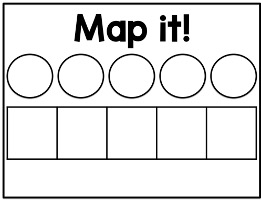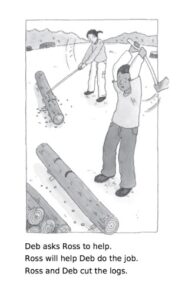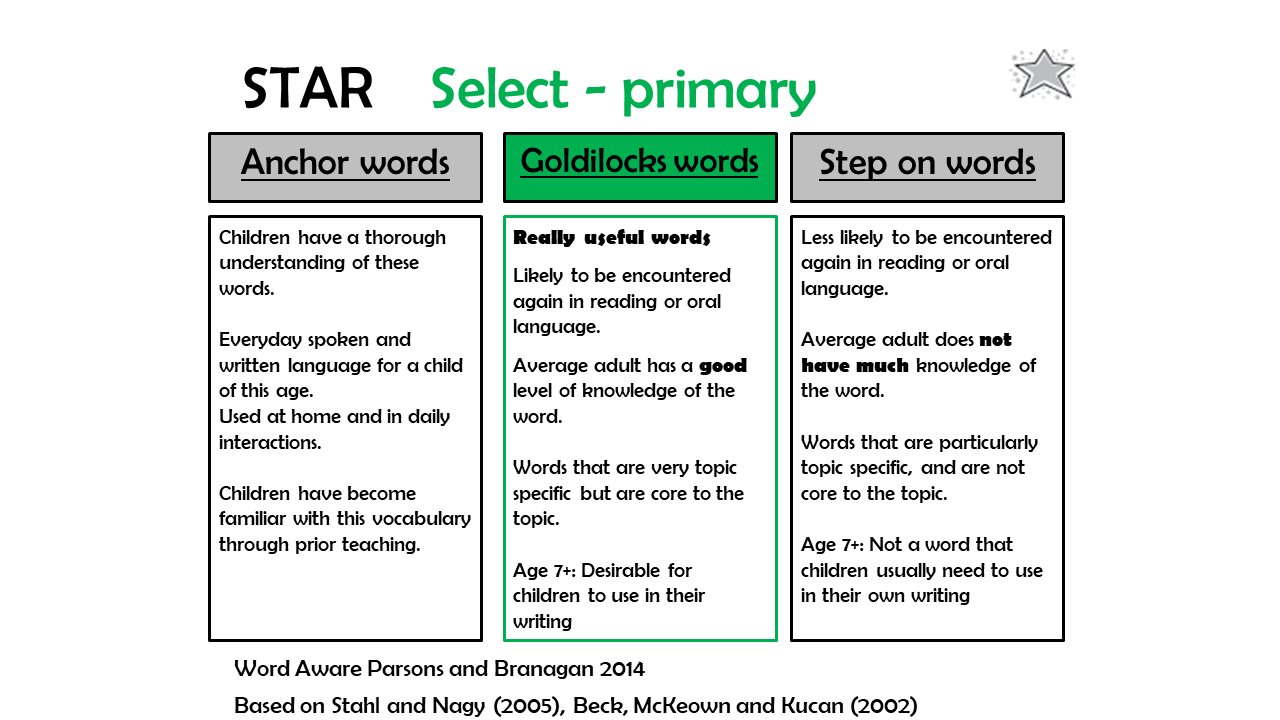
WHAT DOES STRUCTURED LITERACY LOOK LIKE IN INTERVENTION?
When we talk about teaching structured literacy in intervention or in the classroom, we mean teaching rules, concepts, and patterns explicitly and in an order.
We are not using a Balanced Literacy approach in which students are simply exposed to literature and then expected to master the content. Which also means that we are not incidentally teaching phonics (teaching a phonics concept separate from reading or as it shows up). We are being strategic in how we are teaching all the core components of reading including: Oral Language, Phonological Awareness, Alphabetic Principle, Syntax, Vocabulary, Fluency and Comprehension as detailed in the image below.
What could Structured Literacy look like?
It will follow an order and will use a Scope and Sequence. All the concepts are organised ahead of time including the order in which you introduce sounds, the order in which you introduce rules, and the order in which you build onto higher-level skills.
To avoid copyright issues we created a very basic Scope and Sequence and to show a lesson structure.
Basic Scope Sequence using an Orton Gillingham Approach
- Sounds 21 consonant sounds and 5 vowels
- Closed Syllables
- Open Syllables – Introducing 5 long vowels
- Digraphs: sh, ch
- Digraphs: th, th
- Digraphs wh, qu,ph
- Blends
- FLOSS Rule
- ng and nk
- When to use c or k at the beginning of a word
- Silent E Syllable
- Digraph el can be taught separately in NZ
- ck long spelling after short vowel (rule)
- tch long spelling after short vowel (rule)
- dge long spelling after short vowel (rule)
To learn more “What is a Scope and Sequence”
The lesson plan must follow the same structured order every time in each lesson. Every lesson must be set up for success, if the student is struggling, then you need to look at what you’re doing and adjust accordingly.
We have typed up an example of Structured Literacy lesson, so you can see how the components in the above list transfer into a daily Structured Literacy lesson.
Oral Language
Oral language is the system through which we use spoken words to express knowledge, ideas, and feelings. Developing oral language means developing the skills and knowledge that go into listening (receptive) and speaking (expressive). A multisensory structured literacy (MSL) lesson incorporates oral language in its lesson, however it is important to note some children will need extra if they have language or speech delays.
Phonemic Awareness
Phonemic awareness is built into a multisensory structured language (MSL) lesson when we use Simultaneous Oral Spelling (SOS) also known as fingerspelling (see link below). Some children may need extra if they have a severe phonological deficit.
Alphabetic Principle
Sound Pack– single grapheme (symbol) to phoneme (sound): The student will read the sounds from the sound card pack they have mastered or are reviewing. (Free deb Sound Pack)

Handwriting A-Z – Motor Memory: Write the full alphabet using lined paper. If the child needs a visual we recommend something like the image below. Sky, grass and dirt paper can help with sizing and position, not all children will need this extra support. Choose 2-3 letters that you feel need practice after watching them write the alphabet.

Phoneme encoding – sound to symbol: Dictate sounds for the student to write, aim for 10 sounds and get the student to say the sound as they write it. You can use your sound pack to choose which sounds you dictate. Ask the students to write the letters down the page, not across.

Decoding and Encoding Review: Use the same words for decoding (reading) and encoding (spelling) to help commit words to the orthographic memory. Read the words on single cards and when spelling the words use the simultaneous oral spelling (SOS) approach (finger spelling). For more information about SOS go to The Literacy Nest
- bot
- can
- hat
- bo
- va
- trip
- ship
- quid
- that
- did
- ping
- blim
New Skill: FLOSS Rule
Floss Rule – when a one-syllable word has a single short vowel and ends in f, l, s, or z then double the final f, l, s or z. Teach the skill explicitly and then ask the student to read words on cards. Dictate the words and ask the student to write using simultaneous oral spelling (SOS), guiding the student to the rule if they need help, making sure the student has success in every lesson.
- buzz
- floss
- hill
- Biff
- less
Syntax
Dictation sentences for review and new skills: Dictate the sentences to the student if working memory is an issue, then break it down for the student to gain success. Use words that the student has mastered or reviewed including irregular/heart words in dictation sentences.
- The bug is on my floss.
- Jill went up the hill to get the tub.
This is where you can start to introduce grammar and parts of speech to the lesson – Who, What, Where, When, nouns, verbs, adjectives and plurals.
Vocabulary
Irregular words/Heart Words: When teaching Irregular or Heart Words, focus on the phoneme/grapheme relationships in the same way as when teaching a regular spelling pattern. However, as there will be an irregular or unexpected phoneme/grapheme relationship in these words, highlight this when explicitly teaching them.
A Mini Lesson may look like this:
How to Teach Heart Words
Example using the word ‘said’
- Introduce the word and have students repeat it.
- Tap out the sounds you hear in the word – s/e/d.
- Ask students what the word is.
- Explicitly teach the irregular sound that the heart letters make – /e/ = ai.
- Write the word together.

Sample of a mat that might be used to map irregular words.

Comprehension
Reading and Comprehension: Children need to practice applying their phonics skills while reading decodable texts. While their decoding is still developing— and particularly for children who struggle with decoding — oral reading of texts with teacher guidance and feedback is essential. Texts should include many words that children can decode. Otherwise, children may just guess at words.
A Mini Sample lesson might look like this:
Before reading begins get the children to look at the picture of the cover and ask questions – “What do you think the story is about?” “Who do we think is in the story?”
Check the children understand all the words in the story before reading. If needed, have a discussion about the words. During reading stop and ask the children, “What is happening?”, “What do you think?”, “What do you think will happen next?”
After reading you can discuss the story and ask the who, what, where questions and ask the children to retell and sequence the story.

Vocabulary
Vocabulary needs to be taught and the words chosen need to have a valid purpose. Using the ‘Anchor’, ‘Goldilocks’ and ‘Step on Words’ approach can help when deciding the most appropriate words to teach for each lesson.
It is also important for children to read high quality and rich in vocabulary story books and novels to work on language comprehension. This builds background/world knowledge they will need to be a skilled reader and keep up with their peers.
Examples of books:

We also recommend you read “What is Background Knowledge and Vocabulary”
Fluency
Fluency is defined as the ability to read with speed, accuracy, and proper expression (speech). In order to be a skilled reader and writer, we must be fluent in oral language, phonemic awareness, alphabetic principle, syntax, vocabulary and comprehension. It is the glue that binds it all together. Each step taught above is building on and working towards fluency.
This is just a sample of what a Structured Literacy lesson may look like depending on the skills being taught and the scope and sequence being used.
This document was created by Sharon Scurr, founder of the deb, in December 2021
